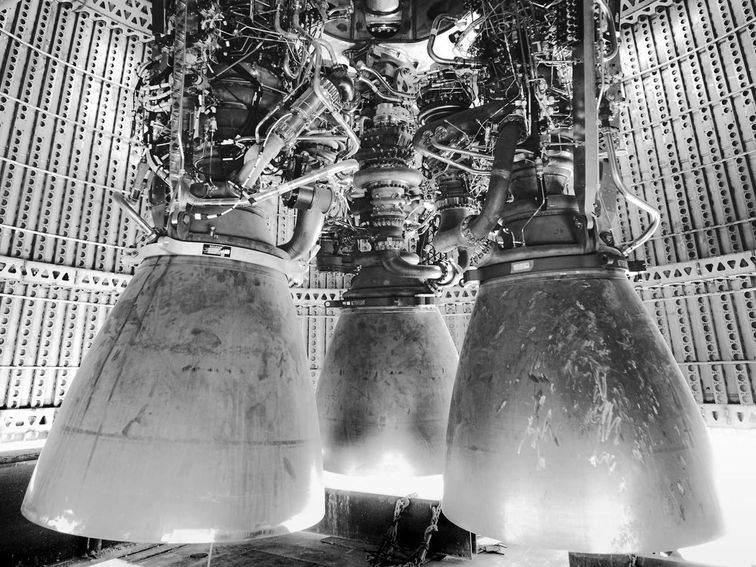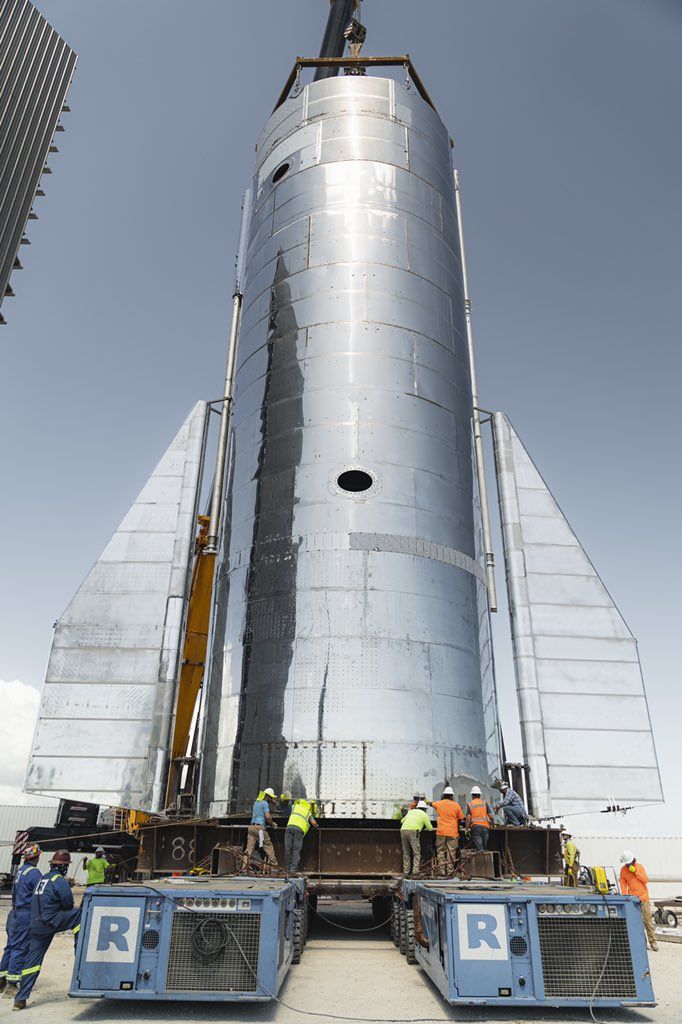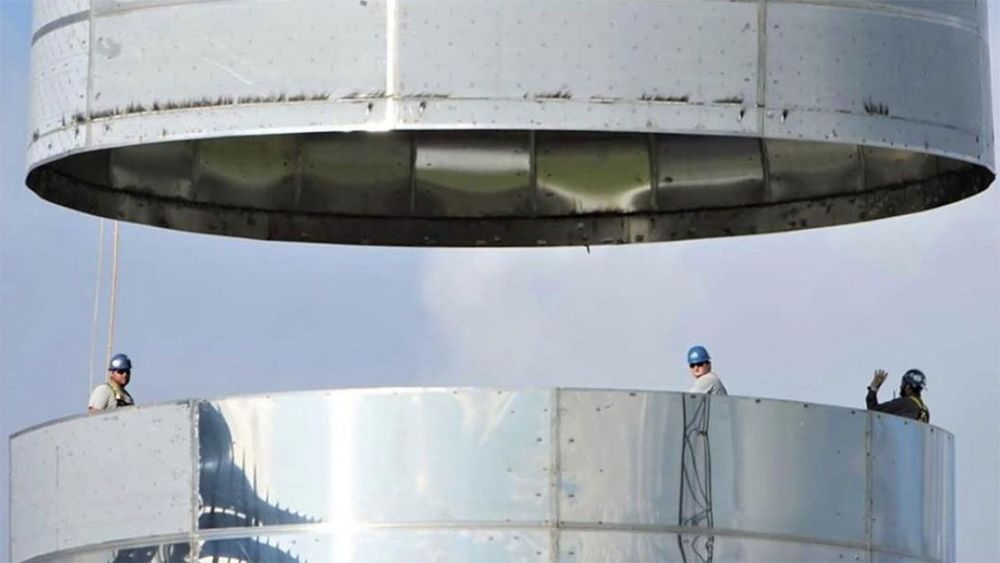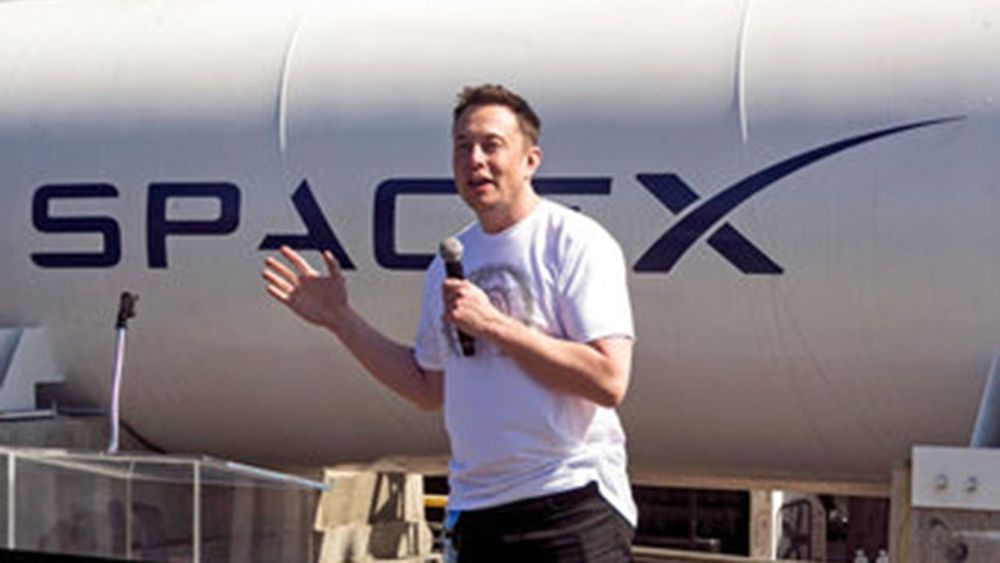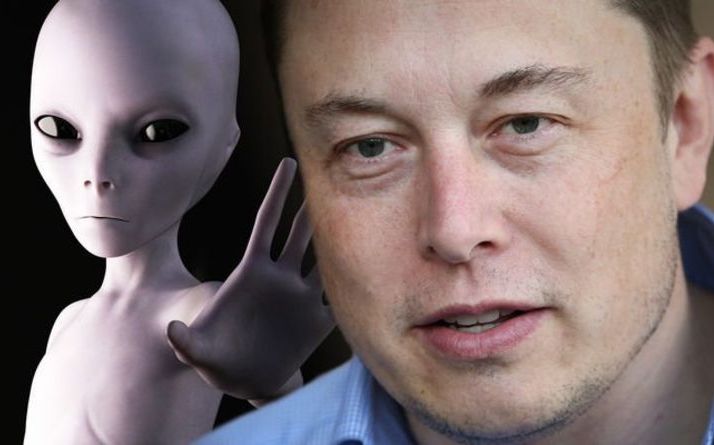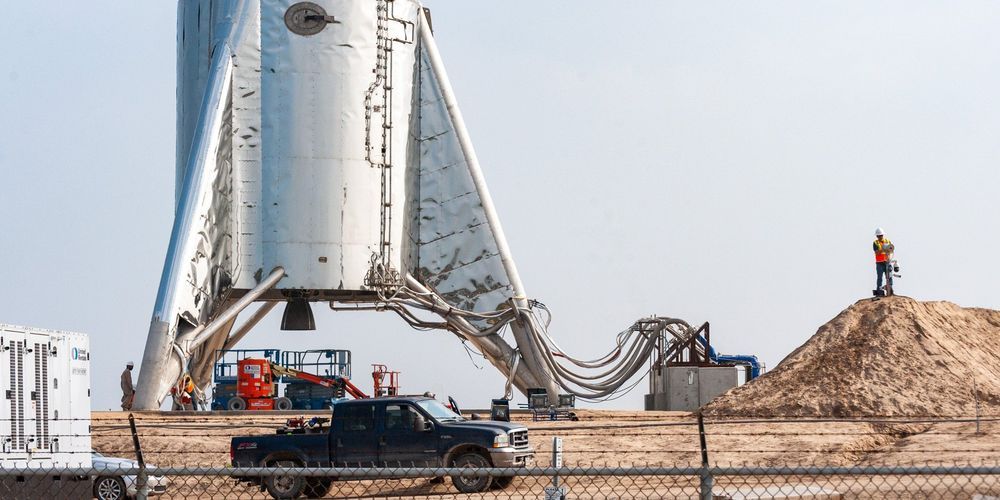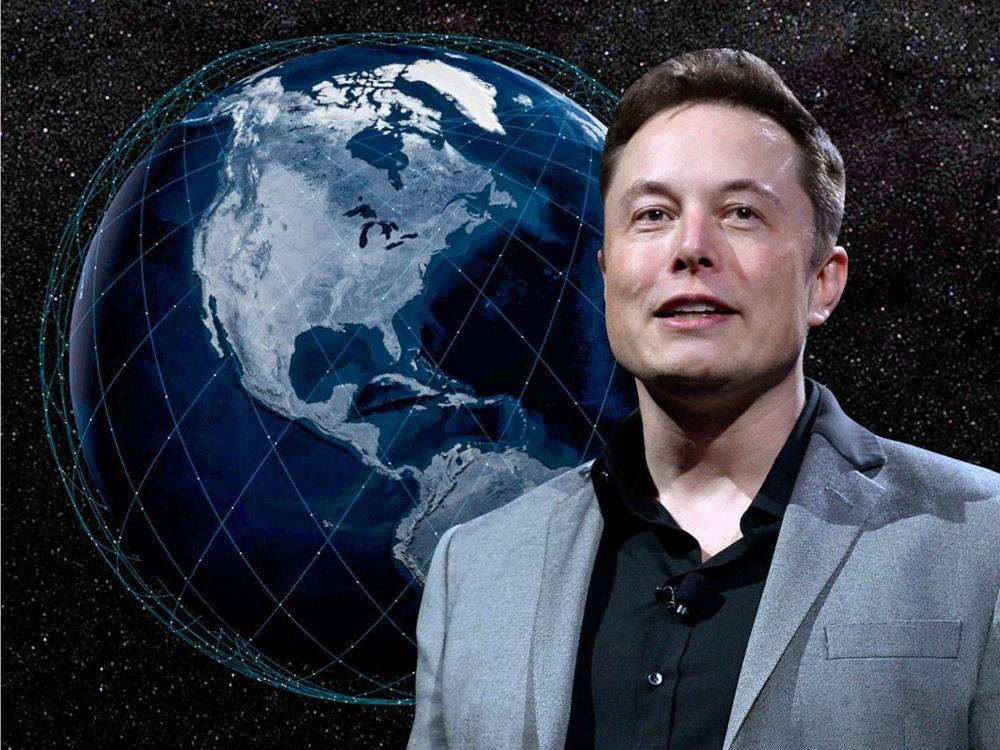This evening, SpaceX CEO Elon Musk will give an update on the design and future of his company’s next-generation rocket, Starship, a massive vehicle that is meant to take people to the Moon, Mars, and beyond. The concept for Starship has evolved in numerous ways over the last few years, and now Musk plans to reveal the vehicle’s latest blueprints.
Musk is giving an hour-long presentation on the rocket at SpaceX’s test facility in Boca Chica, Texas, a tiny town just north of the Mexican border. SpaceX has been building lots of test hardware for Starship at the site, and the CEO will likely be surrounded by this shiny material during his talk. As you watch, keep an eye out for a large Starship test vehicle that’s meant to perform high-altitude test flights in the months ahead.
It’s unclear exactly what Musk will discuss. He mentioned on Twitter that this talk is “mostly a design update for those interested,” though he might touch on the longer-term plans for Starship, as well. The discussion will get underway at 8PM ET; here’s what you need to know before the show.
